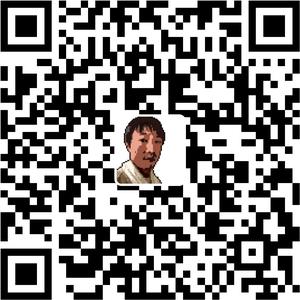Section A
Directions: In this section, there is a passage with ten blanks. You are required to select one word for each blank from a list of choices given in a word bank following the passage. Read the passage through carefully before making your choices. Each choice in the bank is identified by a letter. Please mark the corresponding letter for each item on Answer Sheet 2 with a single line through the centre. You may not use any of the words in the bank more than once.
Over the coming decades, millions of jobs will be threatened by robotics and artificial intelligence. Despite intensive academic 26 on these developments, there has been little study on how workers 27 to being replaced through technology.
To find out, business researchers at TUM and Erasmus University Rotterdam conducted 11 studies and surveys with over 2,000 persons from several countries.
The findings show: In principle, most people view it more 28 when workers are replaced by other people than by robots or intelligent software. This preference 29 , however, when it refers to people’s own jobs. When that is the case, the majority of workers find it less upsetting to see their own jobs go to robots than to other employees. In the long term, however, the same people see machines as more threatening to their future role in the workforce. These effects can also be observed among people who have recently become unemployed.
The researchers were able to identify the causes behind these 30 paradoxical results, too: People tend to 31 themselves less with machines than with other people. Consequently, being replaced by a robot or software 32 less of a threat to their feeling of self-worth. This reduced self-threat could even be observed when participants assumed that they were being replaced by other employees who relied on technological abilities such as artificial intelligence in their work.
“Even when unemployment results from the 33 of new technologies, people still judge it in a social context,” says Christoph Fuchs, one of the authors of the study. “It is important to understand these 34 effects when trying to manage the massive changes in the working world to minimize 35 in society.”
A) compare B) contradicts C) conventional D) debate E) disruptions F) drastically G) favorably H) guarantee I) introduction J) modifications K) poses L) psychological M) react N) reverses O) seemingly

